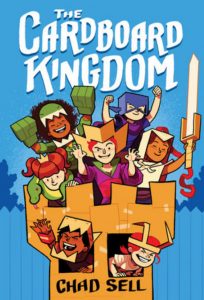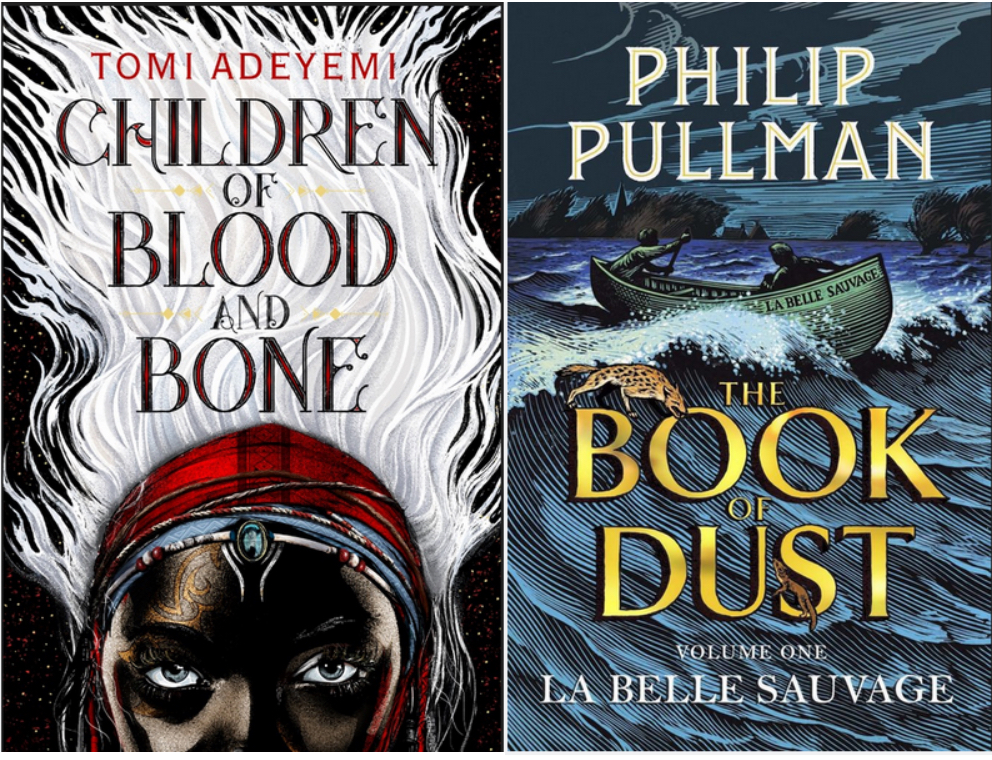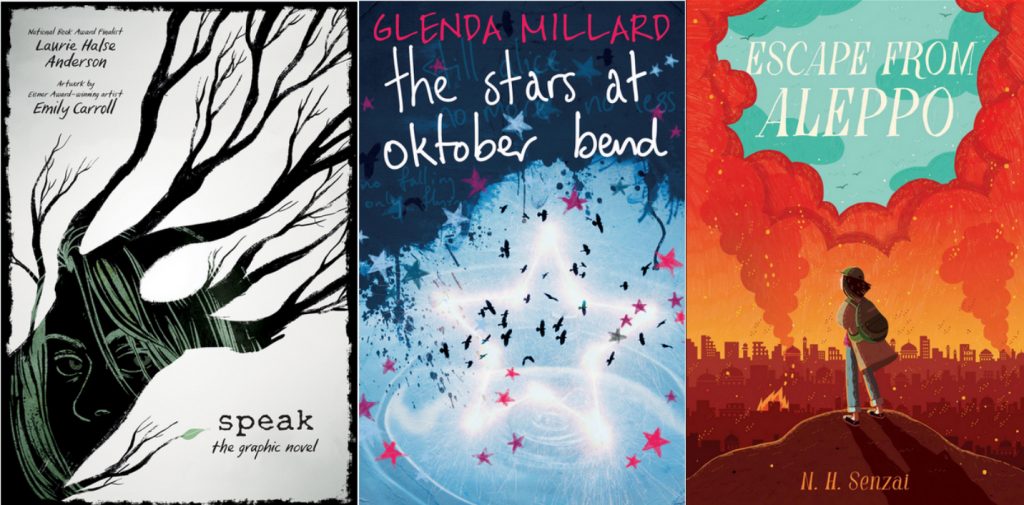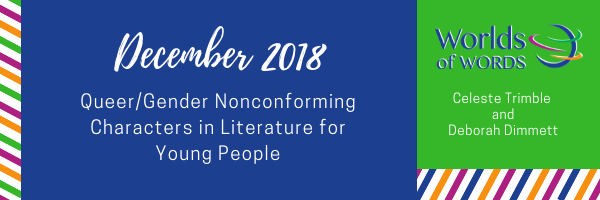By Janelle B. Mathis, PhD, University of North Texas and Katie Loomis, Librarian and Doctoral Student, University of North Texas
In the third installment of January’s MTYT, Janelle B. Mathis and Katie Loomis talk about the picturebook A Story Like the Wind, written by Gill Lewis and illustrated by Jo Weaver. The theme for this month focuses on child agency and situations where children can relate to adults through personal relationship, actions, words or questions. This fable tells the story of a young boy who uses his agency to provide hope to fellow refugees through song and story.















